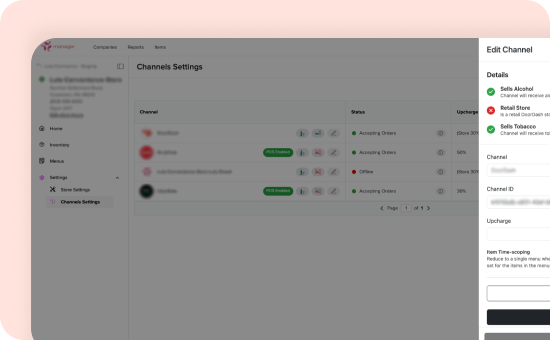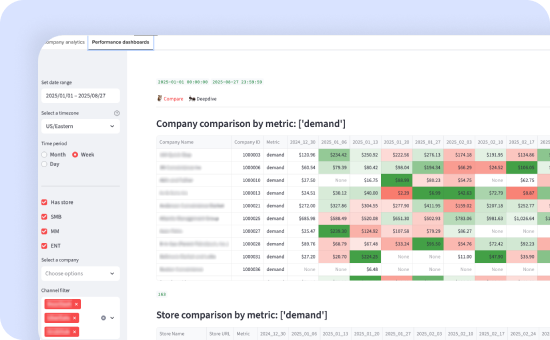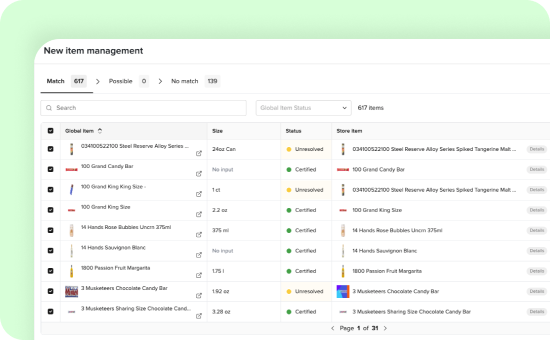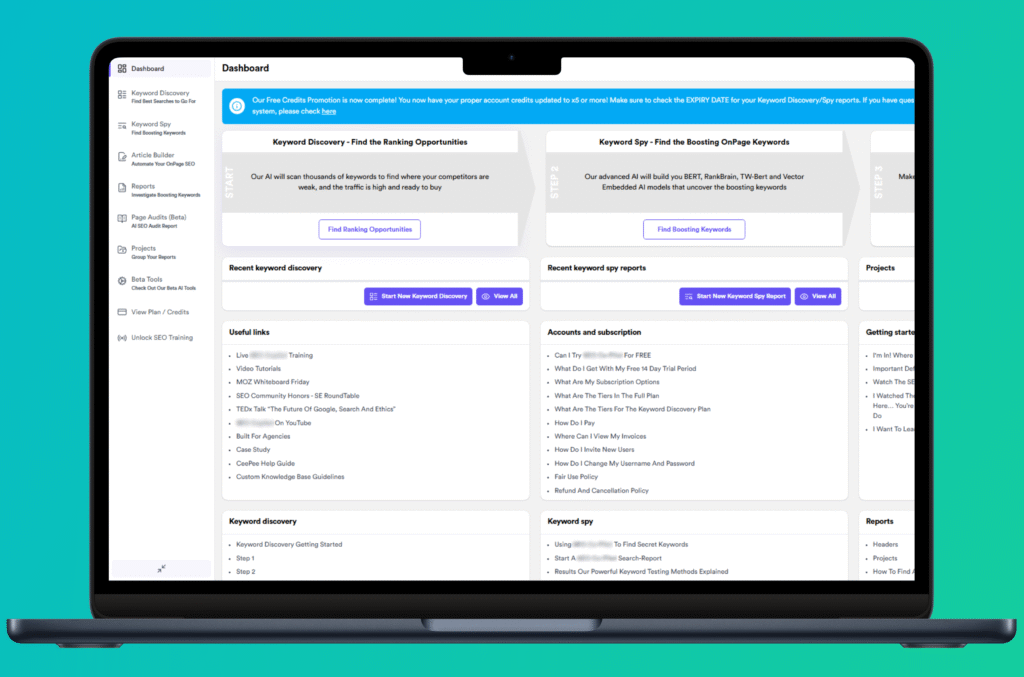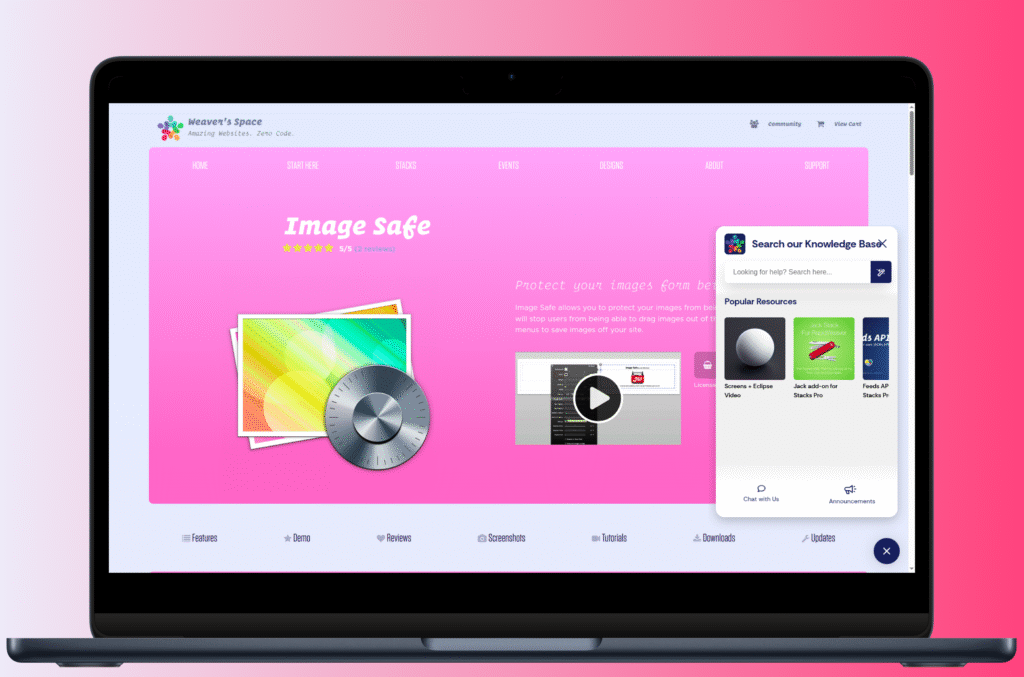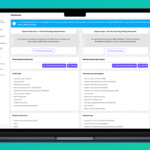We built an AI-powered eCommerce platform for convenience retailers, QSRs, and specialty stores to enhance digital presence and streamline operations. It offers personalized web and mobile ordering, smart delivery management, real-time inventory tracking, AI-driven recommendations, an AI voice agent, and actionable customer insights, boosting sales, engagement, and efficiency without heavy in-house resources.
AI-Powered eCommerce Platform For Convenience Retailers
AI-Powered eCommerce Platform For Convenience Retailers

Problem
The client reached out to develop a platform that could streamline retail operations and improve the online shopping experience. They faced challenges in managing inventory efficiently, tracking sales across multiple channels, and understanding customer behavior. Manual processes were leading to errors, operational inefficiencies, and missed growth opportunities. Additionally, they lacked actionable insights from their data, making it difficult to forecast demand, optimize operations, and deliver a seamless shopping experience.
Solution
We developed a comprehensive e-commerce platform to tackle the client’s challenges. The platform provides a unified, intelligent system to manage retail operations and enhance the online shopping experience. Key features include:
Use Cases
Team
Services we offered
Market Specifics
Deliverables
Client Goals
The client wanted to build a platform that could:
Streamline Operations
Automate inventory management, order processing, and sales tracking to reduce manual work and errors.
Enhance Customer Experience
Provide a seamless, personalized shopping journey across web and mobile.
Leverage AI for Insights
Use data-driven analytics to understand customer behavior, forecast demand, and optimize business decisions.
Integrate Advanced Features
Include tools like an AI voice agent to support customers and improve engagement.
Boost Efficiency & Growth
Enable smarter decision-making, reduce operational bottlenecks, and drive increased sales.
Target audience
Convenience Stores
Dollar Stores
Liquor Stores
Specialty Stores
Quick Serve Restaurants (QSRs)
Small to Medium Enterprises (SMEs)

Core Features
Lula Direct
A first-party ordering solution that enables retailers to set up a branded ordering experience quickly, saving time and costs associated with activation.
Lula Channels
Centralizes ordering, reporting, and financial data from major third-party platforms like Uber Eats, Grubhub, and DoorDash, simplifying multi-channel management.
Lula AI Voice
An AI-powered customer support agent that assists with digital ordering and enhances customer engagement through voice interactions.
Lula Virtual Kiosks
Empowers customers to shop in-store using their own devices, providing a seamless and contactless shopping experience.
Lula Analytics
A powerful tool that turns retail data into actionable insights, helping retailers make informed decisions to drive growth.
Managed Services
Offers expert support in areas like menu digitization, inventory management, compliance, delivery setup, and branding across all sites, saving retailers time and resources.
Lula Hub
The central commerce engine that powers the entire platform, integrating various tools and services to provide a cohesive digital commerce solution.
Settlement and Residency Support
Assists with post-arrival processes, including residency applications.
Eligibility Assessment
Provides personalized advice on visa eligibility based on individual profiles.
Case Management for Attorneys
Facilitates communication and document sharing with immigration lawyers.
Success Prediction Analytics
Analyzes potential risks in applications to enhance approval chances.
Additional features
In addition to the core functionalities, the platform offers several supplementary features designed to enhance operational efficiency and customer engagement:

Merchandise Digitization
Transforms product listings by enriching them with images, nutritional facts, and other relevant details, ensuring a seamless digital shopping experience.
Location Analysis
Utilizes data to predict store performance by analyzing proximity, inventory, and key attributes, helping retailers identify high-potential locations for online success.
Seamless Marketplace Listing
Handles contracts, negotiations, and marketplace management, facilitating retailers’ entry into digital channels without the associated complexities.
Operational Uptime Monitoring
Employs anomaly detection, hardware monitoring, and uptime tracking to ensure that digital stores remain operational without disruptions.
Ratings & Feedback Management
Allows retailers to respond to customer reviews and offer targeted discounts, enhancing customer retention through AI-driven insights.
Refunds & Disputes Automation
Streamlines the process of managing refund disputes, safeguarding margins, and recapturing sales effortlessly.
Achievements
- Clients saw over 200% growth in same-store revenue, proving the platform’s ability to drive sales.
- Cart abandonment dropped by more than 80%, meaning fewer missed opportunities and higher order completion.
- Customer retention improved by nearly 75%, showing that shoppers were more satisfied and returned more often.
- Foodservice retailers experienced a significant boost in digital visibility, doubling their online presence.
- Menu and product presentation improved, with complete image deployment leading to better customer engagement.
- The rollout process became faster and smoother, as the platform managed menu digitization, branding, and store setup without extra client effort.
Tech Stack
Front-End
Back-End
Deployment Strategy
Integrations
Quality Assurance Strategies
To ensure reliability, scalability, and a smooth user experience, the platform followed strict QA practices throughout development and deployment:
Manual Testing
Conducted exploratory and usability testing to validate workflows from both retailer and customer perspectives.
Cross-Platform Testing
Verified seamless performance across web, mobile, and kiosk devices.
Security & Compliance Checks
Ensured safe handling of payments, sensitive data, and compliance with industry regulations.
Continuous Monitoring
Set up real-time monitoring and logging to detect anomalies, track uptime, and ensure reliable performance.
Load & Stress Testing
Simulated high traffic to ensure the system can handle spikes in orders without downtime.
Data Accuracy Validation
Checked synchronization of inventory, sales, and analytics data to prevent discrepancies.
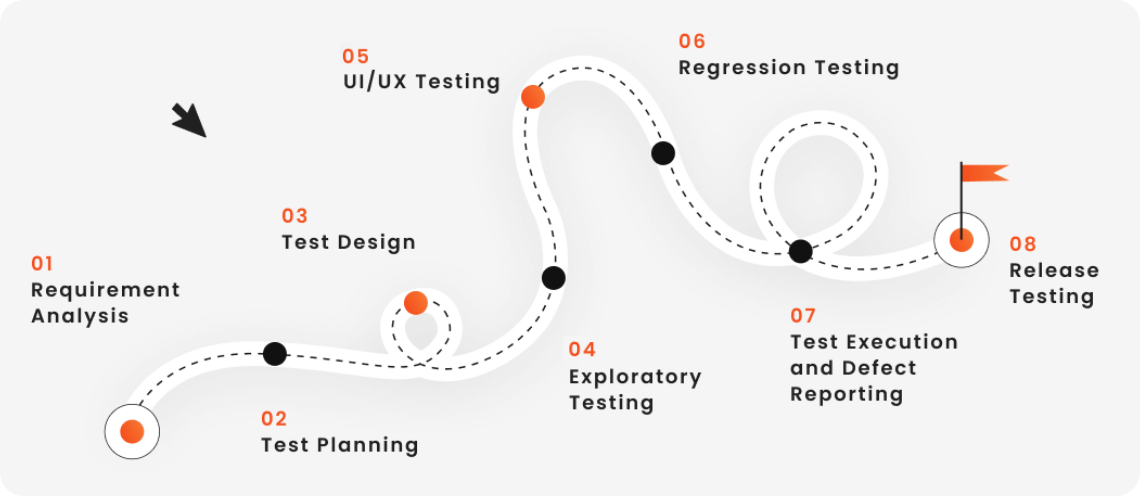
Testing Methodology
Planning
- Defined what needed to be tested and the success criteria.
Test Case Design
- Created real-world scenarios to check how the platform would perform for retailers and shoppers.
Unit Testing
- Developers first tested each small part (like inventory updates or order placement) on its own.
Integration Testing
- Combined different parts (orders, payments, inventory) to make sure they worked together smoothly.
System Testing
- Tested the full platform end-to-end to confirm all features worked as one system.
User Acceptance Testing (UAT)
- Shared the platform with selected users to gather feedback and ensure it matched real business needs.
Ongoing Testing
- Continued monitoring and testing even after launch to maintain performance and reliability.
Why we used this particular methodology?
Prioritization
Key features like AI-powered document generation and visa petition preparation were prioritized to meet immediate user needs. Focus was placed on delivering critical functionalities first, ensuring a smooth and timely launch.
Defect Management
Defects were tracked using Notion, categorized by severity, and resolved efficiently. Regular regression testing ensured stability, and clear communication between QA and developers expedited issue resolution.
Test Coverage
Comprehensive testing included integration tests for workflows and end-to-end testing for real-world scenarios. Cross-platform and load testing ensured performance and reliability.
Security Standards
Strict security measures safeguarded sensitive user data, including vulnerability assessments and secure cloud storage. Compliance with data protection laws and continuous monitoring ensured robust data security.
Project Management
Agile Methodology
Used agile methodology to allow flexible planning and adapt to changes quickly.
User Feedback
Collected user input regularly and made improvements based on it.
Team Collaboration
Developers, designers, and testers worked together closely.
Tools Used
Figma, managed tasks with Asana communicated through Slack.
Scrum Process
Held daily check-ins, planned sprints, and reviewed progress regularly.
Planning
Carefully schedule tasks, assign resources, and set clear milestones to meet deadlines.
